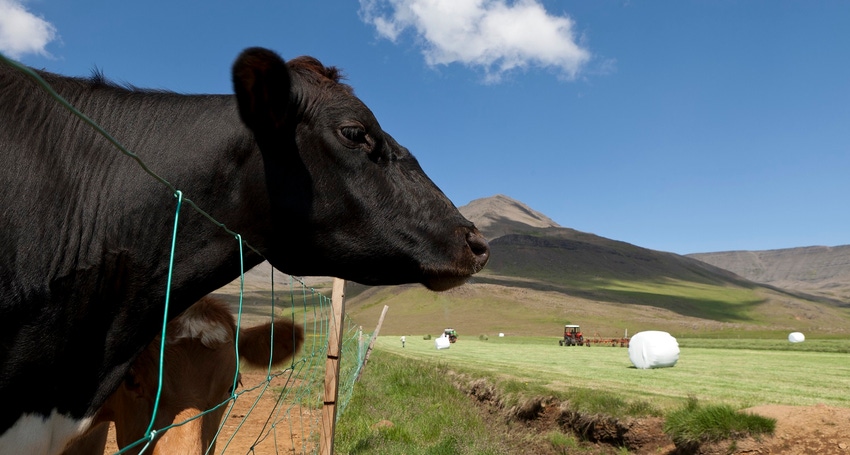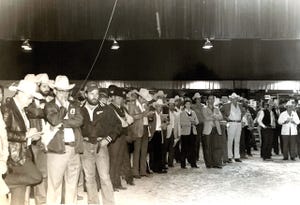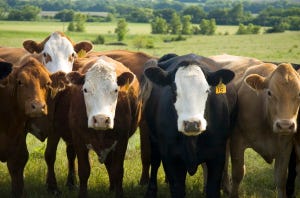Using warm season annuals to restore hay and grazing inventory
Consider this when restoring forage inventories this summer: Are there useful forage plants that can volunteer?
April 4, 2023

This year hay inventories at the start of winter-feeding season were largely depleted and there appears to be very little carryover for next year. Continued dry conditions are limiting the potential hay yields from wheat and other cool-season crops. Limited regrowth for most of our native hay meadows last fall will limit production from that resource this summer unless we start getting more rain to drive new growth soon.
Warm-season annuals such as millets, sorghums, and sudangrass hybrids have been planted as alternative hay crops, but recent interest in cover cropping systems have increased interest in planting complex species blends with potential for hay or grazing. The species and varieties in these blends have been selected for agronomic benefits not necessarily for forage production, but many of them make surprisingly great forage crops.
When trying to find a way to restore forage inventories this summer here are some thoughts to consider.
Are there useful forage plants that can volunteer? Crabgrass works well for grazing and hay in crop fields following wheat harvest but is dependent on rain for reseeding and is not very productive in dry climates. Other plants we often consider to be weeds like broadleaf signal grass, johnsongrass and other ‘stubblegrass’ types of annual grasses have good forage attributes.
Moisture at harvest and the ability to get the crop dried down for baling is something to consider. Many of our potential emergency hay crops have thick stems and are high in moisture when we should be harvesting them. Mold, heating, and spontaneous combustion are risks when baling high moisture crops. Large high density bales should be 15% or less moisture and small lower density bales should be 18% moisture or less to minimize the risk of heating damage.
Species of forage affects forage quality. Legumes and cool-season annual grasses have the highest potential forage quality. Perennial cool season grasses are slightly lower in quality. Warm-season annual and perennial grasses have much lower inherent forage quality, so better management is needed to make a forage product with adequate nutrient profile to meet livestock needs.
The tradeoff between increasing yield by cutting at an advanced plant maturity and decreasing forage nutritive quality can be expensive. For example, a sorghum-sudangrass hybrid harvested at the boot stage was 15% crude protein and 66% total digestible nutrients, while the same crop harvested after it was fully headed out was 8% crude protein and 58% total digestible nutrients. The yield of the mature forage was over 25% greater (8,900 pounds per acre for fully headed vs 7,000 for boot stage sorghum-sudan). If we are feeding an early lactation beef cow the fully headed hay, she will need 8.4 pounds of a dried distiller’s grains supplement to meet her protein and energy deficiencies, but only 1.8 pounds of supplement would be needed for the same cow fed the forage harvested in the boot maturity stage. So, 6.6 pounds more supplemental feed per day is needed to meet her nutrient requirements than the forage harvested in the boot stage of maturity. The over $1.30 added cost in supplemental feed per day is equivalent to over $100/ton of hay fed.
There are risks when planting annuals for forage crops. Continued drought may limit productivity or result in total crop failure. Planting early will give more management options and James Rogers, North Dakota State Extension Forage Crops Specialist, may have put it best…”A wise man once told me regarding drought and forage supplies there is risk in planting, but nothing is going to happen unless I put seed in the ground.”
You May Also Like
.png?width=300&auto=webp&quality=80&disable=upscale)


